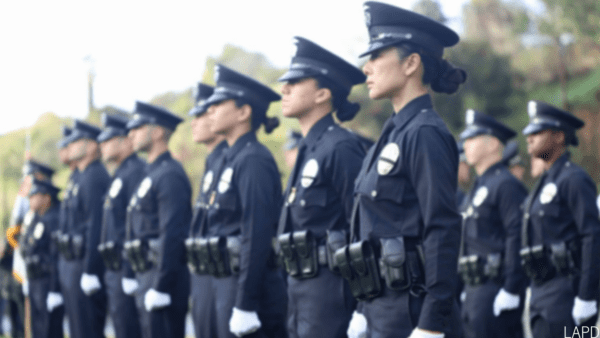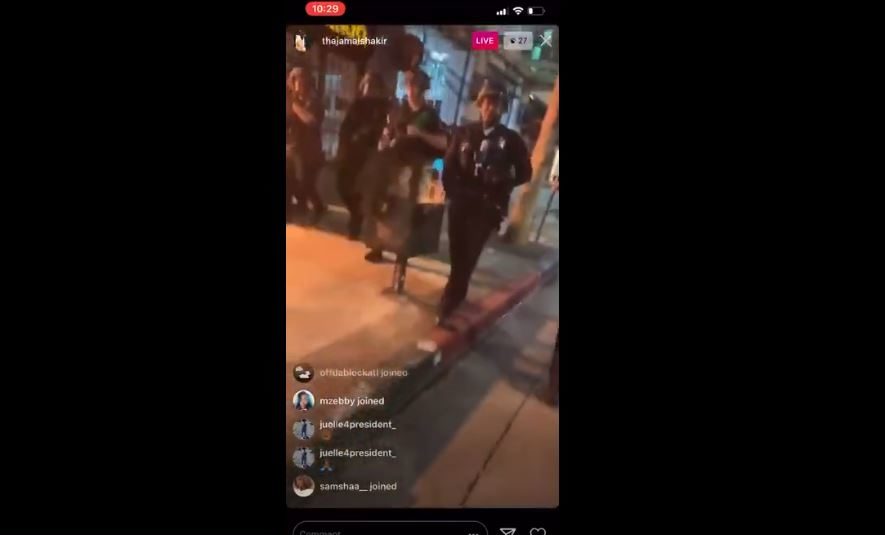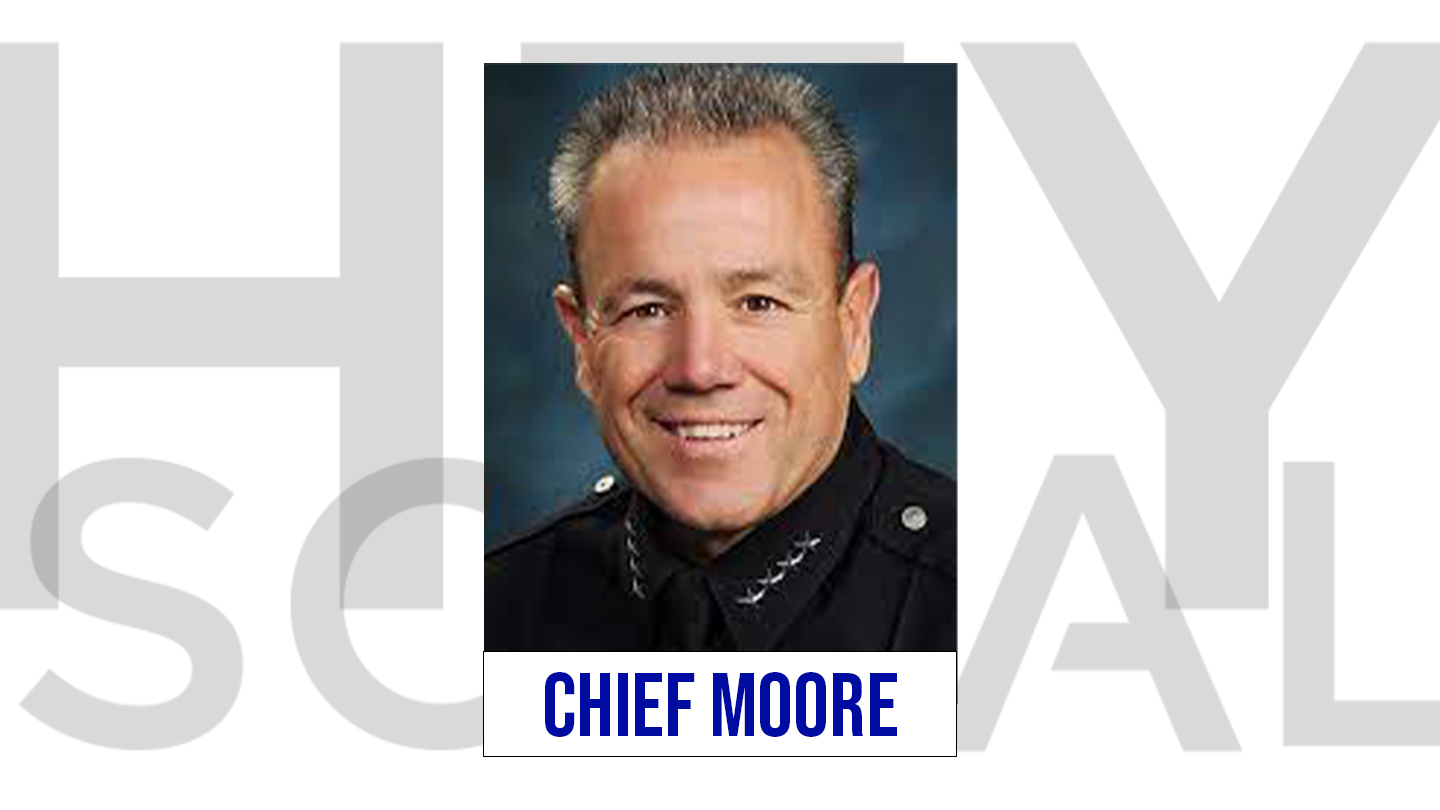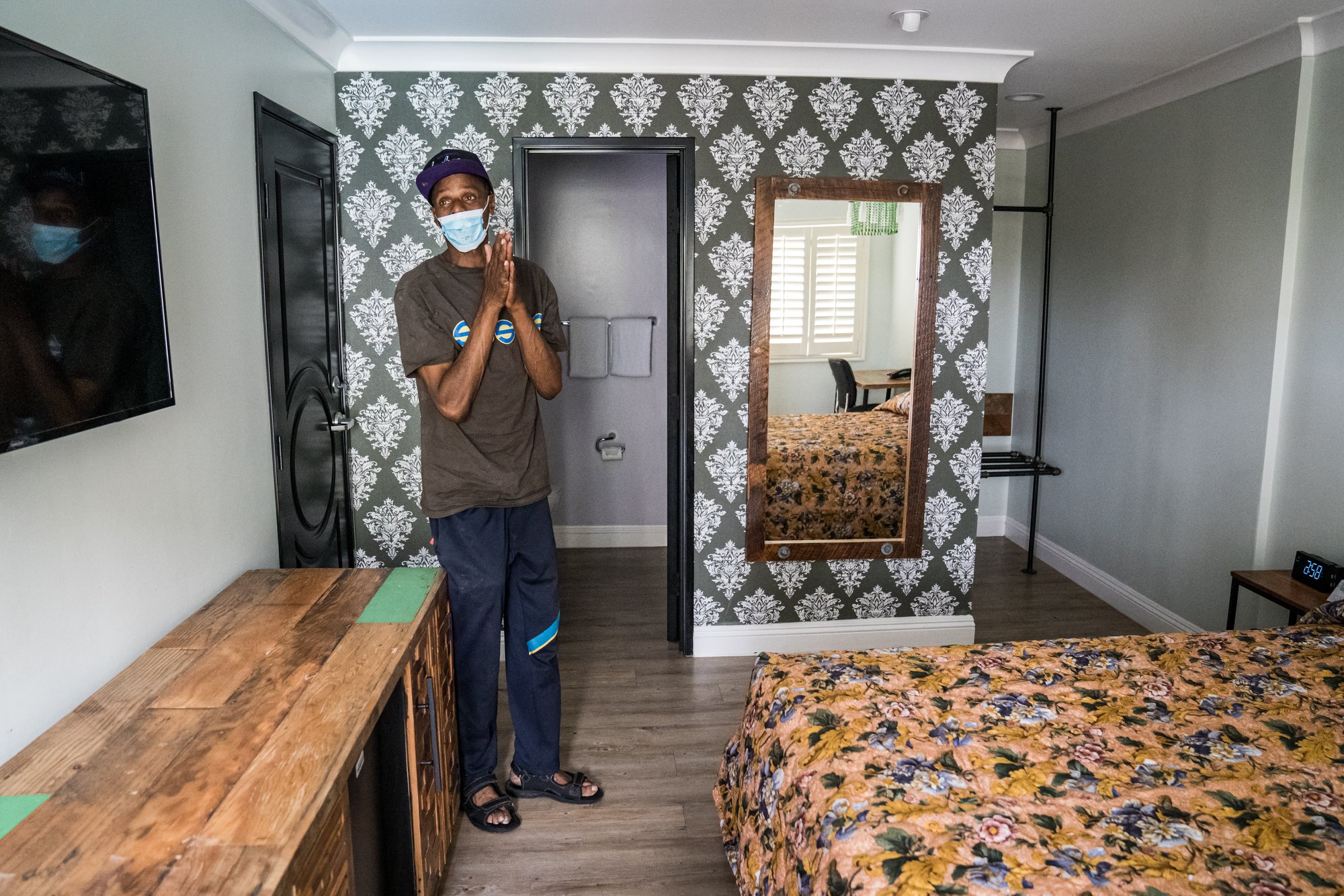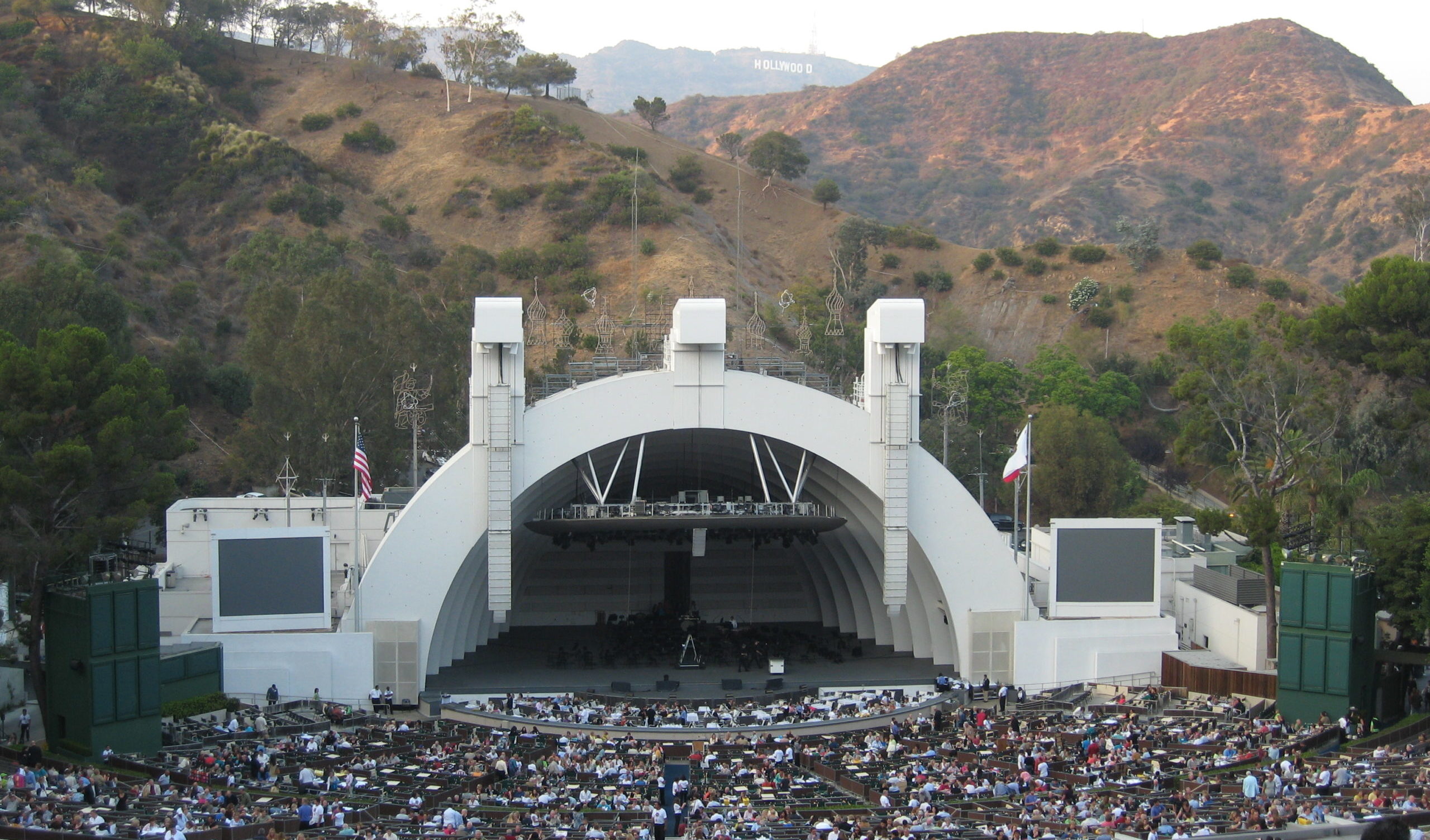The Los Angeles Police Commission Tuesday directed the LAPD to further develop an implementation plan — this time with input from academics and members of the public — on recommendations in three reports that found the department mishandled its response to last year’s protests against racism and police brutality.
“I want to make sure that we’re being as clear as we can that we’re not referring to opening an email address so that there can be additional comments coming in, in writing. I’m talking about real time, active engagement (with the community),” Commissioner Dale Bonner said before the vote.
The commission also instructed the department to focus on training and the usage of “less lethal” munitions and to outline which recommendations can be implemented without additional funding.
The Los Angeles Police Department previously presented a $66.7 million plan incorporating 106 recommendations from three reports, which were commissioned by the police commission and the City Council following mass demonstrations sparked by the killing of George Floyd in Minneapolis last May 25. The reports found common themes of lack of preparedness, training and unity of command.
During an April 27 presentation to commissioners, Deputy Chief Dominic Choi said the department’s outlined recommendations “warrant a deeper dive or review as to whether it will be implemented,” and he emphasized that the plan was a preliminary assessment.
Many people in the community — including supporters of Black Lives Matter-Los Angeles and the Stop LAPD Spying Coalition — called in to the commission meetings last month and Tuesday to oppose what they interpreted as potential action by the commission to recommend $66.7 million in additional funding for the department to implement the recommendations.
Eighty-seven people submitted comments online, and all of them opposed the implementation plan and additional funding for the department, according to the commission. The City Council has the power to increase funding, and Mayor Eric Garcetti’s proposed budget for the 2021-22 fiscal year includes increasing the police department’s budget by 3%, to $1.76 billion.
“The department is not asking the commission for $67 million, nor do we believe the commission has that authority. What we merely wanted to do in this initial implementation plan is throw out a number that would be a full cost recovery if we were to do everything in all three after action plans,” Choi told commissioners during Tuesday’s meeting.
Activists also raised issues with the substance of the department’s proposed recommendations, which included the purchase of technology to analyze social media profiles to be used in intelligence gathering and encrypted radios for officers to communicate privately.
“We’re circling back to exactly what people have been fighting and speaking out against, so it really is extremely an insult to the millions of people who were marching on the streets,” the Stop LAPD Spying Coalition’s campaign coordinator, Hamid Khan, told City News Service after the after action plan was proposed.
“We completely reject that and we absolutely demand that the police commission also reject that, as well,” he said.
The department’s preliminary plan combines the 106 recommendations into 66 projects divided by a three-tier priority system with a timeline of 90- , 180- and 360-day implementations. According to LAPD Chief Michel Moore, a preliminary assessment of “full implementation” of the plan found that it would cost about $66.7 million and require an additional 49 sworn employees. The projects would be sent to “eight entities” within the LAPD for completion, Moore said in a letter to commissioners.
The “bulk of the expense” is to rethink the way the department trains employees, Moore told commissioners during their April 27 meeting.
Two projects that came out of the reports’ recommendations have already been implemented, Moore said in a letter to commissioners. One gave eye equipment to protect officers from people who deliberately point lasers into the eyes of LAPD personnel and the other established a Department Operations Center to manage large-scale and complex situations.
The report requested by commissioners on Tuesday would include more information about which recommendations were already implemented.
Twenty-eight projects have the most immediate operational needs, according to the department’s preliminary assessment, and would be implemented in 90 days with a deadline of July 26. Those projects include having the department invest in encrypted radios “or another form of private communication” for officers’ use, and having the L.A. City Attorney’s Office consider toughening the department’s Dispersal Code so protesters can be re- dispersed and be found in violation of the California State Penal Code if the same group reconvenes in another area within a specific time frame.
The department’s second priority phase included recommendations related to the use and training of “less lethal” weapons, including:
- updating the department’s directives on when to use “less lethal” weapons, such as the 37mm and 40 mm launchers, in crowds and update the approval level required for personnel who deploy each tool;
- creating an inventory system to track the amount of “less lethal” munitions used during protests;
- examining the use of the 40 mm launcher, including performance, consistent velocity and potential for ricochets; and
- establishing protocols so only trained members of the Metropolitan Division or officers with similar training can use the 40mm launcher.
The commission voted to have the next report from the LAPD prioritize the training and usage of less lethal munitions. On Monday, a federal judge issued an order restricting the department’s use of the “less lethal” weapons against crowds at demonstrations.
In her order granting Black Lives Matter-Los Angeles’s request for a preliminary injunction, U.S. District Judge Consuelo B. Marshall noted an increase in reports of LAPD officers pushing, striking and firing less-lethal weapons on crowds of protesters, including media covering demonstrations, without a dispersal order being given.
The commission did not specify a timeline for the department to report back on their plan, and said that they should report back as sections of the plan are ready for review.

